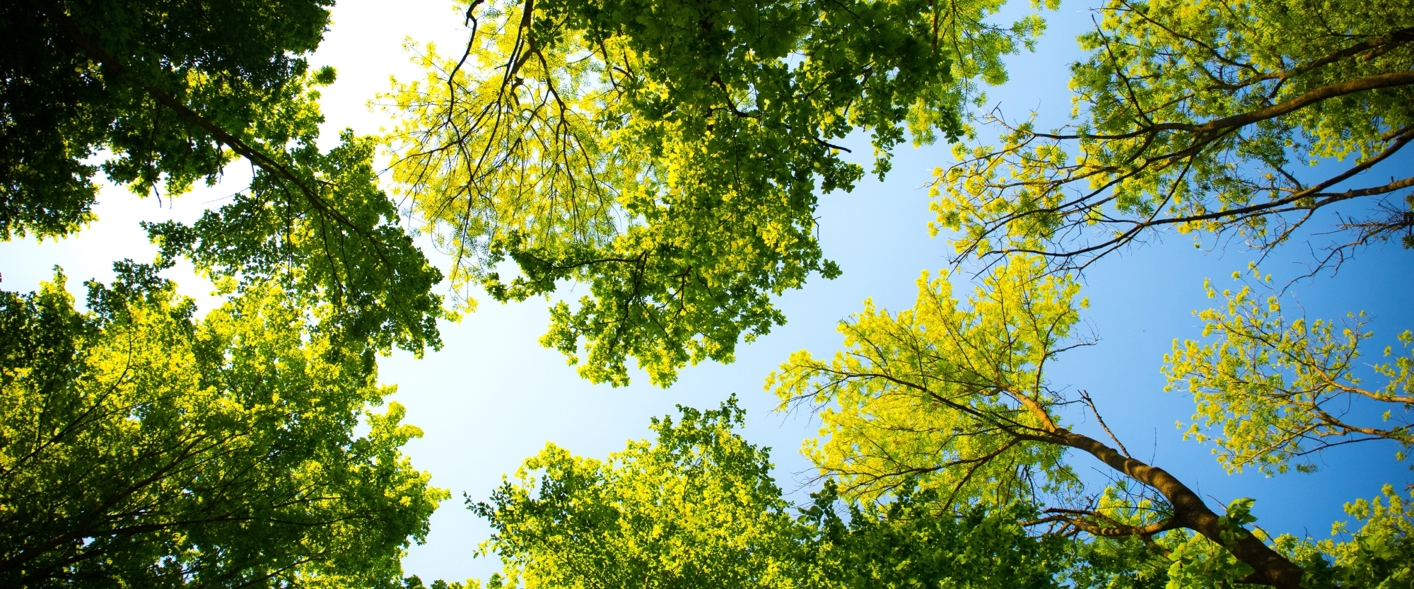In South Cambridgeshire, we're taking big steps to help our environment. Here's what we've done so far to address the climate crisis, and our current plans to reduce our carbon footprint.
As a council, we declared a climate emergency in November 2019, and an ecological emergency in July 2019. We know things need to change fast. That’s why we’re changing how our services are delivered to benefit residents, businesses, and parish councils, and reduce our carbon footprint.
Key strategies
Green to our Core
Being Green to our Core is one of our a top Business Plan priorities. This means reducing our carbon emissions. We have done this through:
- creating our Climate and Environment team
- having our leaders playing an active role: Leader, Cllr Bridget Smith, is our Climate Lead and holds the role of Environment and Climate Lead at the Cambridgeshire and Peterborough Combined Authority, which set up an Independent Commission on Climate.
- being active partners in carrying out the recommendations of the Commission along with Cambridgeshire County Council and Cambridge City Council.
Zero Carbon Strategy
We adopted our Zero Carbon Strategy which sets out the need to halve net carbon emissions by at least 2030 if not before, and our plans to support this.
Doubling Nature Strategy
We created our 'Doubling Nature' strategy, alongside our Zero Carbon Strategy. This sets out our approach to increasing wildlife-rich habitats, tree canopies, and access to green spaces in South Cambridgeshire.
Our Action Plan covers both strategies and guides our actions to help mitigate, adapt to, and provide natural solutions in response to climate change.
Local Plan
We're creating a new local plan currently focusing on climate and biodiversity. It’s currently in its draft stages.
Our Local Plan includes:
- commissioning a new tool to look at the likely impact of carbon emission from different spatial strategies. The tool has informed our development strategy set out in the Greater Cambridge Local Plan First Proposals which will require all new homes and non-residential buildings to be Net Zero for the energy used, location and design to promote sustainable travel.
- looking at the role of carbon offsetting, which has been integrated with the Green Infrastructure evidence base.
Our approach can also be seen in our new Biodiversity Supplementary Planning Document [PDF, 4MB] [PDF, 4MB]. This will be updated in line with changes to national guidance on biodiversity. This document gives up to date and clear guidance to developers on what they must do to better protect and enhance any local biodiversity affected by development.

